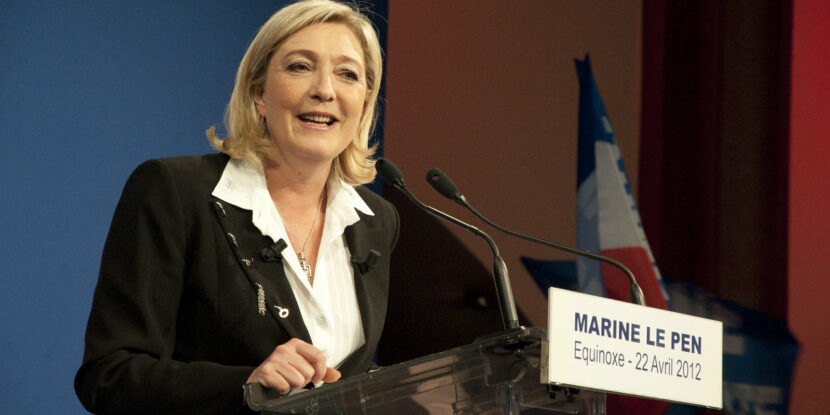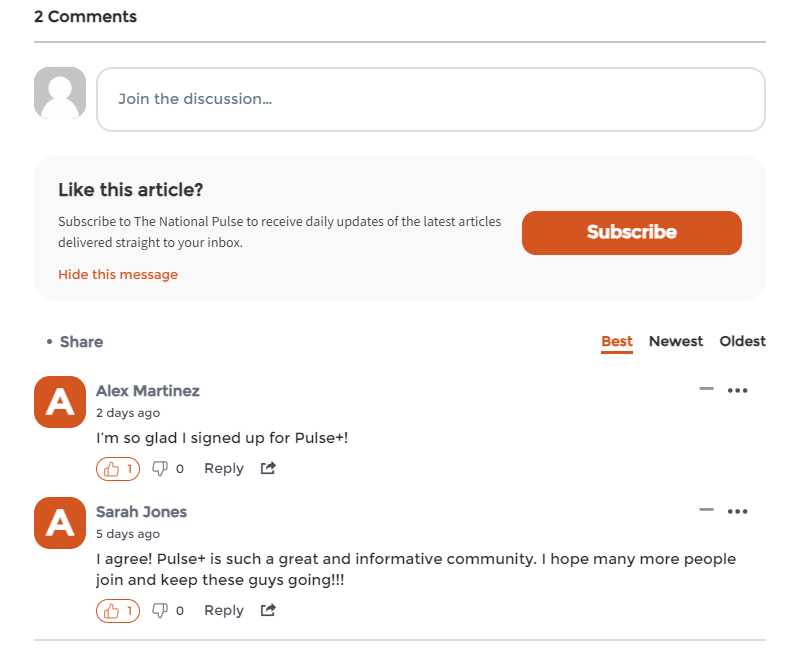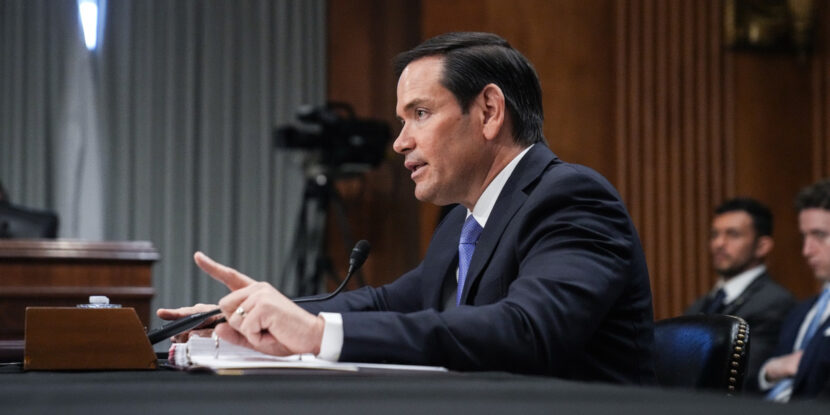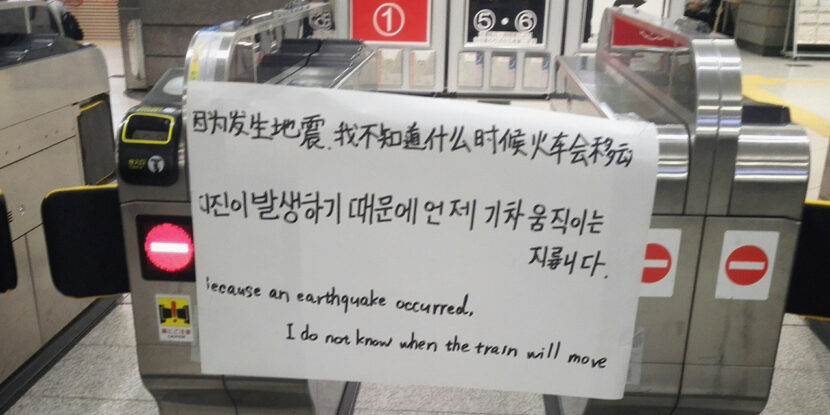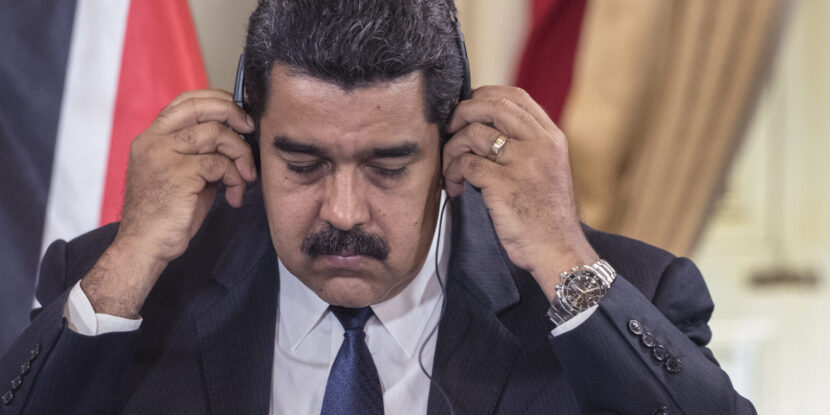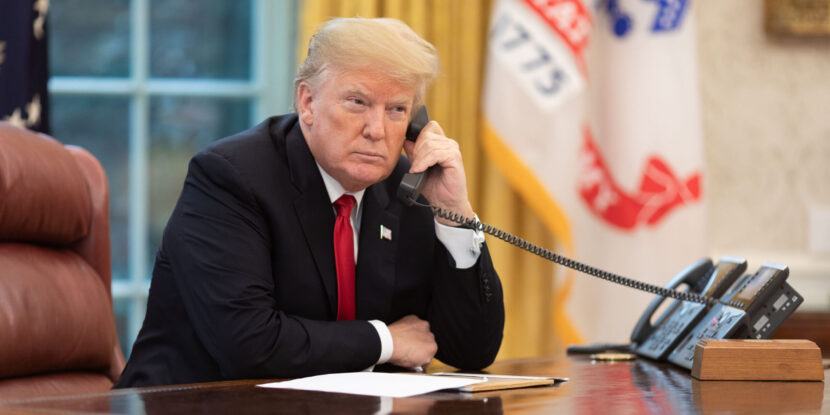Marine Le Pen’s National Rally (RN) party has won the first round of France’s snap legislative elections, with the globalist Ensemble (Together) bloc formed around President Emmanuel Macron’s Renaissance party falling to third place. However, Macron’s globalists and the far-left New Popular Front (NFP) can still prevent the populists from taking government by allying ahead of the election’s second round on July 7.
RN won with a plurality rather than a majority of the popular vote, with 33.2 percent—slightly higher than the 31.37 percent RN secured in the recent European Parliament elections. The NFP placed second, with 28 percent, with Ensemble a distant third, with 20 percent.
“Democracy has spoken, and the French have put the RN and its allies at the top, practically wiping out the Macron camp,” said Le Pen, calling for “an absolute majority” in the second round so RN party president Jordan Bardella “can be appointed Prime Minister in a week’s time.”
In the French system, a candidate must win over 50 percent of the vote in their electoral district to secure a National Assembly seat in the first round of legislative elections. The second round eliminates candidates who receive less than 12.5 percent of registered voter support. The candidate with the most votes among the remaining candidates wins.
France, snap national parliament election:
Final results
RN and allies-ID: 33.2% (+14)
NFP-LEFT|G/EFA|S&D: 28% (+2)
Ensemble-RE: 20% (-6)
LR-EPP: 6.6% (-4)
Divers droite-*: 3.7% (+2)
Divers gauche-*: 1.5% (-1.5)
Divers centre-*: 1.2%
Far-left candidates-*: 1.2%
Regionalists-*:… pic.twitter.com/a5ffmQ13qn— Europe Elects (@EuropeElects) July 1, 2024
WHAT NOW?
Historically, parties of the far left, center-left, and center-right hammer out district-level pacts to block the populist right at this stage. Jean-Luc Melenchon, de facto leader of the NFP, has said it is standing down in districts where it placed third to give Macron’s globalists a better chance of defeating the RN candidate. Macron has been less explicit about his intentions but also says, “Faced with the National Rally, it is time for a large, clearly democratic and republican rally for the second round.”
The election’s outcome hinges on whether first-round far-left voters and globalist voters are willing to back each other’s parties in the second round. Polling is mixed, with an Odoxa survey showing 41 percent of voters are willing to switch parties to block RN—but 47 percent are willing to switch parties to block NFP, and 44 percent are willing to switch parties to block Ensemble.
The behavior of voters for Les Republicains (the Republicans) could be critical. The so-called center-right party has traditionally sided with the left against RN, but party leader Eric Ciotti proposed a first-of-its-kind pact with Le Pen ahead of this election. This has been partially implemented despite party officials in the same mold as the Mitt Romney wing of the GOP deposing him in a chaotic process—which he contests—over the proposal.
If enough Republican voters switch to RN in the second round, the populists could eke out a slim majority.
